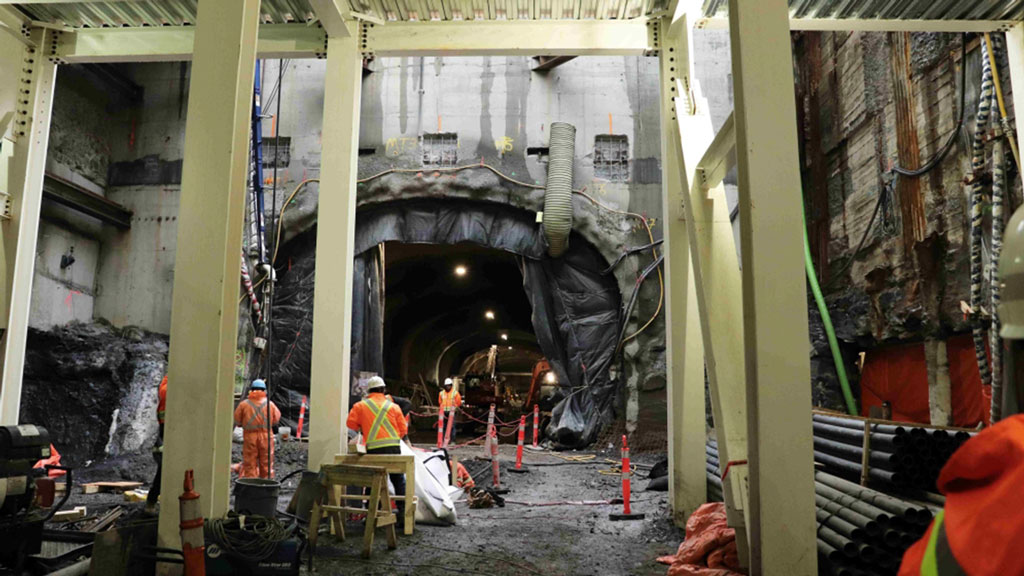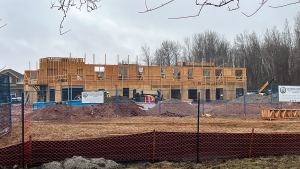Eyebrows were raised when the recently released July employment report from Statistics Canada revealed a record 300,000 Canadians had retired over the past 12 months, up nearly 30 per cent from the same time last year.
The July 2022 Labour Force Survey (LFS) reported that nearly 150,000 people in the 55 to 64 age group had retired in the past year, up nearly 50 per cent from last summer.
The statistics did not address retirements from construction but for Bill Ferreira, executive director of BuildForce Canada, there was no surprise in those numbers and he is sure the same level of retirements is happening in the construction sector – and that the stats were exacerbated by the pandemic.
“BuildForce has been predicting this for nearly a decade,” stated Ferreira.
“The last of the baby boomers turned 55 in 2020. It’s not surprising that many construction workers in their mid to late 50s would consider transitioning to other industries or scale back their involvement in the industry to something more in line with part-time work.”
Many don’t feel the need to return to working full time, said Ferreira, and there are also growing lag times between the hiring of a contractor and their ability to commence the job – it can be six months or longer in many parts of the country.
BuildForce won’t have the statistics to confirm the assumptions until it looks at the data from the next census, Ferreira said.
The Aug. 5 LFS report noted that especially for those aged 55 and older, the proportion of people moving into retirement is a key measure of current labour market dynamics, as well as an indicator of future labour supply.
In July 2019, of those aged 55 and older who had left a job in the previous 12 months and remained not employed, 74.1 per cent had left their last job because they retired. In July 2022, the equivalent proportion was 76.9 per cent.
Last year as BuildForce researched labour market trends for its annual forecast reports, most of its labour market committees reported older workers being more selective and therefore less available in the immediate reopening period after the pandemic shutdowns.
The 2022-2027 BuildForce forecast, released in March, indicated that 156,000 workers are expected to retire during that five-year period, approximately 13 per cent of the 2021 labour force.
Statistics Canada reported there was a new high of 1.541 million workers employed in construction in July 2022, up 9.3 per cent from the same month a year ago in seasonally adjusted figures.
The older workers working part-time would be counted in those stats, Ferreira said, which would support the new record levels of employment reached in July.
“Despite all this, employment demands continue to outstrip the ability of the labour force to keep up, which is why we continue to see unemployment rates in the industry dropping – to a record level in July 2022 at 2.7 per cent,” he stated.
BuildForce will be exploring the nuances of the employment numbers of the 55-plus worker population with keen interest going forward, Ferreira said.
“This is a high priority for our next round of consultations.”
But much of the trends reported go straight back to demographics, with Canada’s low fertility rate combining with the massive retirement of boomers, Ferreira said.
“This will put greater pressure on immigration to backfill for the gap created by Canada’s relatively low fertility rate, which hasn’t been positive since the early 1970s,” said Ferreira. “For the construction industry, this means it will need to remain aggressive in its efforts to recruit and retain skilled workers domestically, including expanding its recruitment to groups that historically have been poorly represented in the industry.”
To achieve this, Canada will need to expand the training capacity across the country, he said.
As well, as the sector has realized, the industry will also need to turn increasingly to immigration to meet its needs, and particularly those with lower skill levels.
“If we can’t rise to the challenge, labour shortages in the industry may become chronic.”
Follow the author on Twitter @DonWall_DCN.











Recent Comments
comments for this post are closed